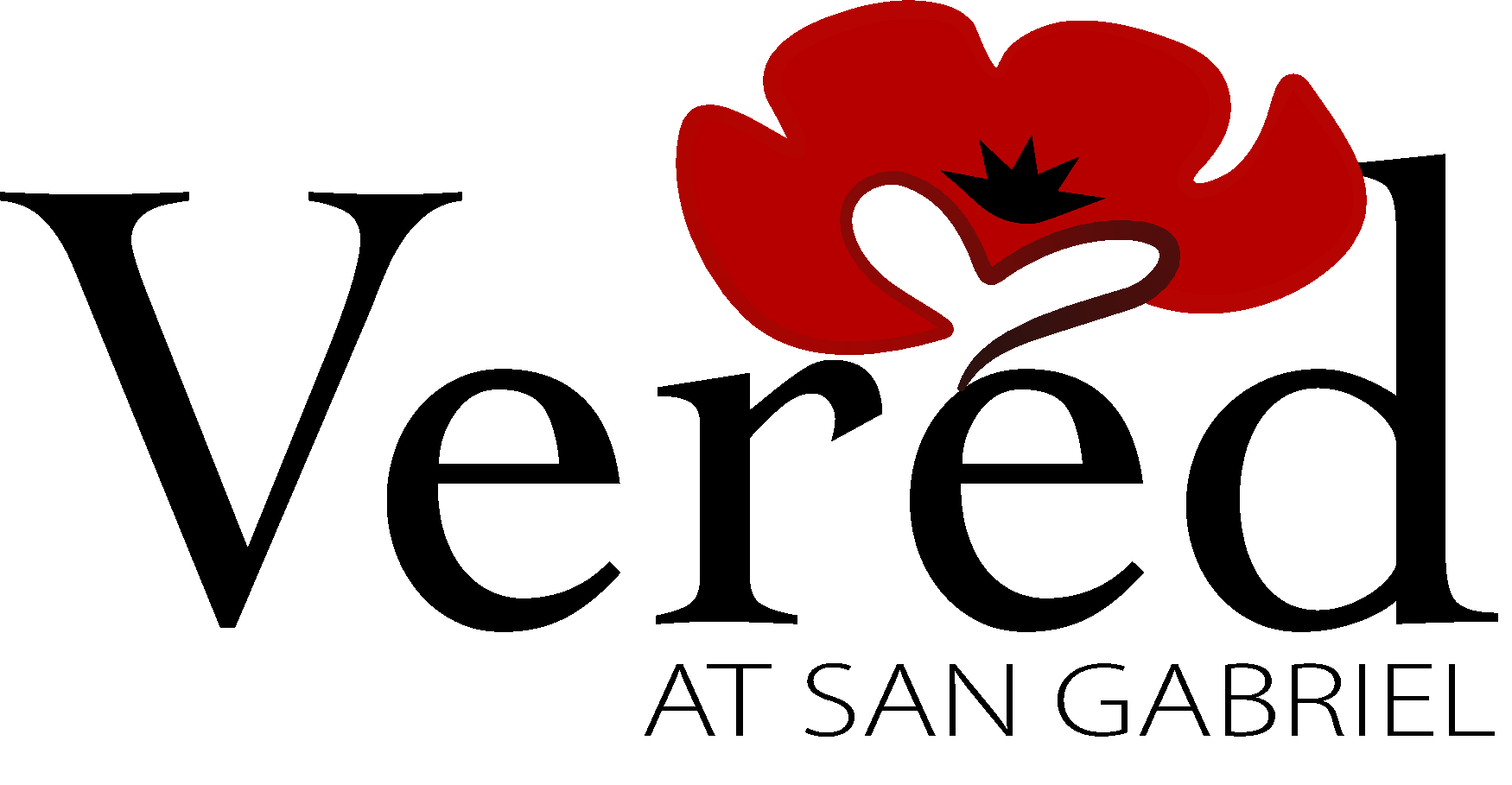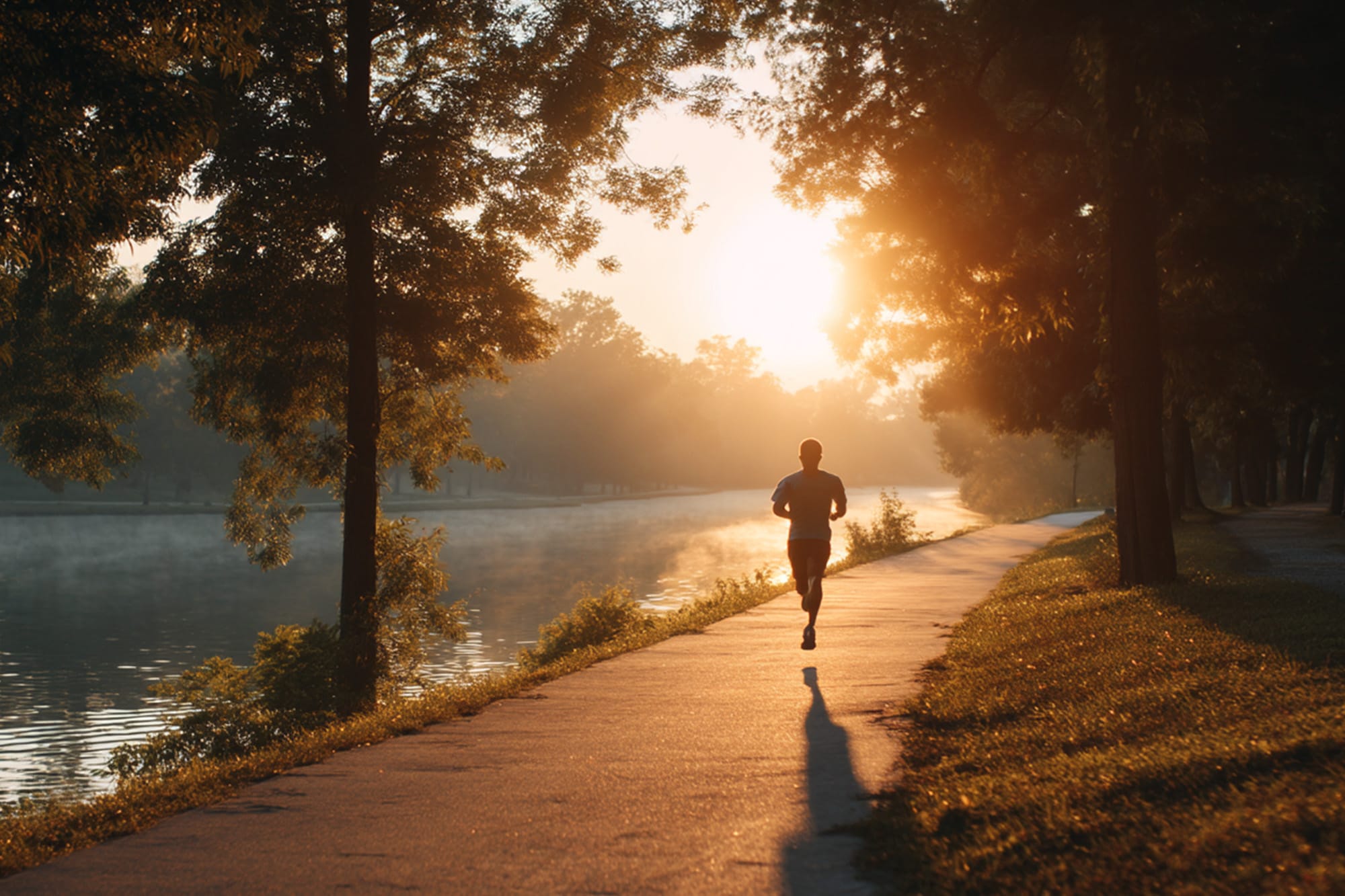Why Heat & Light Matter in Early Recovery
Early recovery often brings its own set of challenges: low energy, disrupted sleep, and stress that feels heavier than usual. Even as the body adjusts to sobriety, the brain and nervous system can take time to settle into steadier rhythms.
Small tweaks to your environment can help more than you’d think.
Catching daylight around the same time each day nudges your body clock. You’ll feel a little brighter during the day, and it’s easier to wind down at night. Gentle warmth, similar to a sauna session or a hot shower, helps unknot your tight muscles, reduces stress, and often leaves you feeling calmer afterward.
We’ll explore the basics of how light and heat interact with the body, why these supports matter in recovery, and how to use them safely and realistically without chasing perfection.
Mood & Energy in Recovery
When we talk about mood in recovery, we’re pointing to the overall emotional tone of the day: how reactive or calm you feel, how quickly stress turns into frustration, and how stable your outlook seems. Energy encompasses both physical stamina and mental drive, including the ability to focus, navigate daily routines, and be present for yourself and others.
Early recovery can challenge both. Sleep debt from restless nights, the weight of emotional stress, and the stop-and-start nature of new routines all interfere with stability. That can leave you cycling between bursts of energy and long slumps, or between hope and irritability.
The key isn’t chasing perfect balance but building good-enough consistency. Small, repeatable habits, whether tied to meals, light, movement, or calming rituals, help the body and brain stop running on emergency mode. Over time, steadier mood and energy make it easier to sustain the work of recovery.
Sunlight & Your Body Clock (Circadian Basics)
Your body operates on a daily rhythm, governed by your circadian clock, which cues when to feel alert, hungry, and sleepy. Morning light is the strongest “set” signal: it tells the clock, “This is daytime,” helping shift grogginess toward wakefulness.
Daytime light, especially time outdoors or near bright windows, reinforces that signal and supports steady alertness. Evening light management does the opposite: dimmer, warmer light lets melatonin rise, which prepares the brain and body for sleep.
When light is irregular, such as minimal daylight, and bright screens are used late into the evening, the clock can drift. That drift often shows up as brain fog, off-timed appetite cues (not hungry in the morning, snacky at night), and mood swings. In early recovery, where consistency is already hard-won, those swings can feel amplified.
Gentle habits help:
- Get daylight earlier in the day when possible, even for a short while.
- Use brighter light during the day and dim it in the evening (lower overheads, use lamps).
- Hold a consistent sleep/wake window across the week so your clock knows what to expect.
None of this requires perfection. Small, repeatable changes in light exposure can nudge the clock into a steadier pattern supporting clearer mornings, fewer afternoon dips, and an easier transition to sleep.
Heat 101—What Gentle Heat Can Do
Gentle heat, such as a calm sauna session or other low-key warmth, can encourage the body’s relaxation response. Muscles often feel less tense, breathing slows, and many people notice a short-term drop in perceived stress.
After heat, there’s commonly a post-session calm: a window where the body feels looser and the mind a bit quieter, which some find helpful before evening routines or wind-down practices.
Why the relaxed feeling?
Warmth can ease physical tension and promote a sense of comfort; for some, that translates into being calmer and sleepier afterward. The effect is individual, though responses vary with hydration, temperature, duration, and personal health.
Ease into the heat slowly. Keep sessions short at first, pay attention to how you feel during and afterward, and make small adjustments as needed. If you notice dizziness, nausea, or unusual tiredness, that’s your cue to stop and cool off.
There’s no single perfect formula; what matters is finding a pace that feels sustainable and fits alongside your other recovery supports like sleep, nutrition, movement, and therapy. Think of heat as a helper, not a cure-all, something that can make it easier to relax, shift gears during the day, and wind down for rest.
Safety First: Heat & Light with Care
Heat and light can be supportive tools in recovery, but they work best with sensible guardrails.
With heat, prioritize hydration before and after sessions, keep them shorter and less intense at first, and stop if you feel dizzy, nauseous, faint, or unwell. Use extra caution if you have heart conditions, blood pressure issues, are pregnant, or have other medical concerns. Check in with a clinician before experimenting.
For light, be mindful if you experience photosensitivity, migraines, or take medications that increase light sensitivity. Adjust the duration and timing as needed, and consult a provider if questions arise.
Most importantly, none of this replaces medical or therapeutic care. Think of heat and light as supportive layers that sit alongside treatment, sleep routines, nutrition, movement, and the rest of your recovery plan. Listening to your body and your clinical team keeps these tools helpful and safe.
Realistic Routines You Can Keep
Consistency beats intensity. Build around a few anchors you can repeat most days.
For light rhythms, aim for earlier-day daylight when possible to set your clock, dimmer evenings to ease wind-down, and steady sleep/wake windows across weekdays and weekends. These simple patterns help stabilize alertness during the day and make nights calmer.
For heat, think gentle, tolerable sessions spaced through the week, with an eye on hydration and how you feel afterward. Start smaller, notice the effect on mood and sleep, and adjust duration or timing slowly. There’s no single “right” approach; only what you can sustain.
Pair these habits with recovery work by using heat or daylight as transition rituals: a few minutes of morning daylight before groups or work; a short, low-key heat session followed by journaling or a breathing practice; dimmer light in the evening as a cue to slow down.
Small, repeatable steps create momentum. Over time, these anchors support steadier energy, a smoother mood, and a routine that leaves more bandwidth for the rest of life.
Stress, Cravings & the Evening Slump
Late day can feel tough: stress piles up, energy dips, and cravings get louder. That’s common in early recovery. Instead of fighting the evening slump, try calming pattern-interrupts that use light and heat thoughtfully.
Earlier in the day, a brief daylight walk can help stabilize rhythm and set up a smoother afternoon. Later on, a short, gentle heat session followed by a cool-down and a few slow breaths can lower the volume on tension and make it easier to choose your next step on purpose.
Create a simple wind-down: dim lights, put screens aside when you can, and use a short routine (stretching, journaling, quiet music) as a bridge to rest. If a snack urge hits, pause for a minute. Breathe, sip water or a warm caffeine-free drink, and check in with how you feel. If you still want something, choose deliberately rather than by reflex.
None of this has to be perfect. The aim is to make evenings more predictable and kinder, reducing stress peaks and cravings that can dominate the night. Small routines, repeated often, do the heavy lifting.
One-Week Rhythm Template (Light & Heat)
Think of this as a low-stress experiment to steady your days.
Daily light anchors:
- Get earlier-day daylight when possible (even a few minutes helps set your clock).
- Limit bright light closer to bedtime to make wind-down easier.
Heat anchors (if available to you):
- Schedule a few brief, gentle sessions across the week.
- Hydrate before and after, and pause if you feel unwell.
“If nothing else” rule:
Pick one anchor per day—light or heat—and check it off. That’s progress.
Habit tracking (3 boxes/day):
- Got some daylight
- Kept a consistent sleep/wake window
- Hydrated well
Run this for seven days. At the end, keep what felt helpful, drop what didn’t, and adjust one variable (timing, duration, or frequency).
FAQs
Can light or heat alone fix a low mood?
They’re helpful supports, not replacements for therapy, medications as prescribed, medical care, or other parts of your plan.
Best time for daylight?
Many people do well with earlier-day exposure. Notice how your sleep and energy respond and adjust from there.
What if I’m sensitive to heat or light?
Start smaller and gentler. If you have medical conditions or take photosensitizing medications, speak with a clinician about what’s appropriate for you.
Will this help sleep?
For some, steadier light rhythms and calming heat make wind-down easier and support sleep timing. Results vary, so track your own response.
Do I need special devices?
No. You can begin with simple, sustainable habits. If you later explore tools, do it intentionally and with guidance.
Ready for Support That Fits Real Life?
You don’t need elaborate protocol, just steady rhythms for light, sleep, hydration, and gentle heat (if appropriate). Choose one small daily anchor to start, repeat it this week, and adjust based on how you feel.
Over time, these simple cues help smooth energy dips, calm stress, and make the rest of the recovery work more doable.
If you want support that respects whole-person health, reach out to Vered. We can help you fit these rhythm habits alongside your current plan with practical, realistic steps that make your days more predictable and your evenings easier to unwind.




